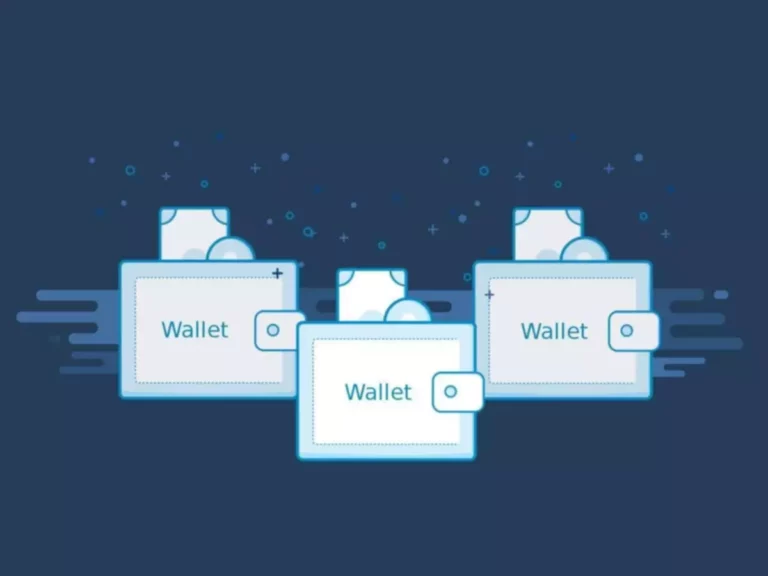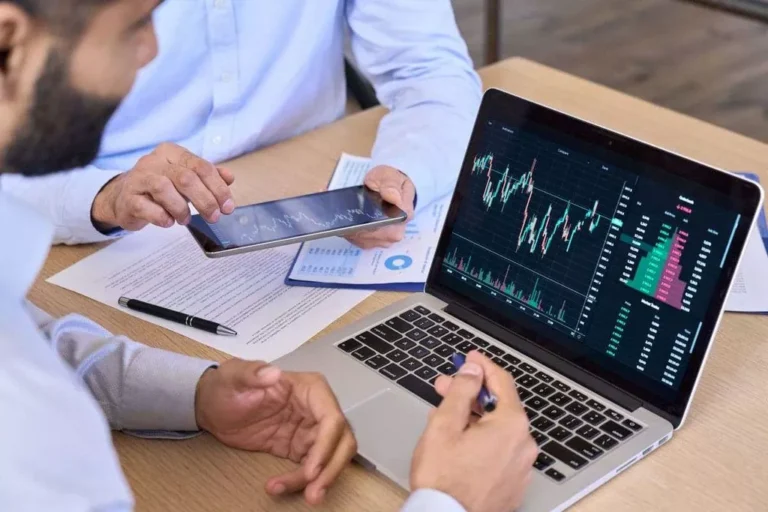However, it is important to identify the specific functionalities of different crypto liquidity pools before making a decision. The term liquidity is generally used in the financial markets to describe the ease by which an asset can be converted into cash without difficulty. In terms of cryptocurrencies, liquidity is the ability of a coin to be easily converted into cash or other coins. Liquidity is important for all tradable assets including cryptocurrencies. Low liquidity levels mean that market volatility is present, causing spikes in cryptocurrency prices.
Farmers will choose these pools based on Annual Percentage Yields (APY) and the level of impermanent loss which is affected by a coin price’s volatility. Since its inception in 2013, GSR has served as a liquidity provider across the crypto ecosystem. We build trusted, long-term relationships with token issuers, exchanges and institutions.
How do you increase the liquidity of a coin? ›
Impermanent loss happens when the price of a token changes relative to its pair, between the time you deposit it in a liquidity pool and when you withdraw it. If there’s a high level of liquidity, the market for that coin is large and active. Checking the market capitalisation of a crypto coin is one of the best ways to determine its liquidity.

The regulatory bodies SEC and FINRA regulate all OTC trade on Genesis that takes place across 50 countries. It provides a vast amount of liquidity to users who wish to custody cryptos or use them for working capital. Users can also utilize the liquidity to hedge risks and participate in speculatory investments. Initially, when the DeFi sector was in its nascent stages, there were very few buyers and sellers on these DEXs. People were yet to get accustomed to the smart contracts run exchange interface, and the lack of liquidity was becoming an issue.
The liquidity of a certain asset is based upon the following criteria:
Liquidity is a financial term of how easily the investment can be exchanged into cash. To show it by example, let’s take a look at two different markets in terms of liquidity, real estate, and forex market. When anyone wants to sell a property like a house or a parcel, there can be a waiting time within a few days, weeks, or even months, until the demand is found and the deal is done. On the other hand, forex market trading, for example when trading US Dollar vs. EURO, trade could be executed within minutes, or even seconds. Liquidity providers are some kinds of players who are behind the scenes of the crypto market, but nevertheless, they are irreplaceable.

Here is a sample list of some DEXs and a brief explanation of their unique features. Uniswap and SushiSwap are major DEXs on the Ethereum blockchain running such protocols, while there are others like PancakeSwap that run on the Binance Smart Chain network. In other words, when you swap with a liquidity pool, your swap is automatically carried out, based on your settings. Prices are also determined automatically, with the DEX’s own mathematical formula that constantly adjusts based on the activity of trading as well as the general market value of the assets globally. The loss happens if traders swapped out your ETH at these deep discounts.
Providing liquidity depth for your exchange or token
A key function of automated market maker platforms is the liquidity provider (LP) token. LP tokens allow AMMs to be non-custodial, meaning they do not hold on to your tokens, but instead operate via automated functions that promote decentralization and fairness. Liquidity provider tokens also unlock new layers of token trade and access across the entire DeFi ecosystem, which has facilitated growth in the form of significant network effects.

Still, no one wants to dive into dubious crypto projects or trust money on suspicious exchanges. In summary, liquidity pools are central to how DEXs operate but these rely on liquidity providers to be successful. They do provide opportunities for passive income but also come with some risks, which you should always bear in mind when considering whether to crypto liquidity provider become a liquidity provider. These scripts, called smart contracts, are the only ones controlling the way trades work in the liquidity pool and have no central authority or custodian taking care of them. Should a smart contract have a bug or vulnerability that can be exploited, your funds could be lost and no one would be able to help you reclaim them.
Blockchain
Usually, a liquidity provider utilizes market making strategies at the heart of their operations. They are known for their most robust and fast digital asset trading systems, which were created by the leadership team, including Goldman Sachs, Citadel, J.P. Morgan, and Two Sigma. They collaborate with the most well-known crypto projects, exchanges, and financial https://www.xcritical.com/ institutions that are just starting their crypto journey. These are called liquidity provider tokens or liquidity pool tokens, abbreviated as LP tokens. Now that you know the basics, it is time to focus on the multiple platforms that provide the deepest liquidity pools. Crypto exchanges are the greatest source of liquidity in the crypto domain.
- Automated market maker (AMM) platforms like Uniswap, Curve, and Balancer are a central aspect of the fast-growing decentralized finance (DeFi) ecosystem, and present a novel approach to trading in general.
- At the root of a liquidity crisis are widespread maturity mismatching among banks and other businesses and a resulting lack of cash and other liquid assets when they are needed.
- It is also another decentralized liquidity pool, which offers a generalized foundation for tokens or fungible ERC-20 tokenized option contracts.
- For example, there may be 79,180 Ethereum tokens and 134,457,994 USDC tokens in the ETH-USDC liquidity pool.
This risk is usually referred to as the smart contract Another thing that liquidity providers should keep in mind is smart contract risks. Once assets have been added to a liquidity pool, they are controlled exclusively by a smart contract, with no central authority or custodian. So, if a bug or some kind of vulnerability occurs, the coins could be lost for good. Another noticeable example among top liquidity pools, DeversiFi, is one of the fastest crypto liquidity pools. The decentralized, non-custodial exchange offers the highest TPS or transaction per second, ranging up to 9000.




















![[Images] Diplomatie parlementaire : El Malick Ndiaye renforce les liens entre le Sénégal et l’Italie](https://directactu.net/wp-content/uploads/2025/05/IMG-20250522-WA0065-360x180.jpg)





![[ Vidéo] Statistiques et médias : l’ANSD forme les journalistes pour une meilleure diffusion de l’information](https://directactu.net/wp-content/uploads/2025/05/FB_IMG_1747929378775-360x180.jpg)
![[Vidéo] Lancement officiel du cycle de conférences « Nouvelles Perspectives » : l’UNESCO, l’UCAD et Sciences Po unissent leurs voix](https://directactu.net/wp-content/uploads/2025/05/IMG-20250522-WA0028-360x180.jpg)
![[Vidéo] Genre et fiscalité : CREDILA réunit experts et acteurs à Dakar pour un état des lieux en Afrique](https://directactu.net/wp-content/uploads/2025/05/IMG-20250522-WA0014-360x180.jpg)
![[Vidéo] FIARA 2025: Dr Aissatou Mbdoj à la rencontre des entrepreneurs, la DER/FJ](https://directactu.net/wp-content/uploads/2025/05/FB_IMG_1747775215193-360x180.jpg)
![[Vidéo] Sénégal-Gambie : Unis pour éradiquer les violences basées sur le genre dans les zones transfrontalières](https://directactu.net/wp-content/uploads/2025/05/FB_IMG_1747774333668-360x180.jpg)
![[Vidéo] Statistiques et développement : l’ANSD renforce les liens avec le monde universitaire](https://directactu.net/wp-content/uploads/2025/05/IMG-20250520-WA0031-360x180.jpg)









![[Vidéo] Inauguration du Yuma Lodge à Saly : Un nouveau projet touristique au service de l’attractivité du Sénégal](https://directactu.net/wp-content/uploads/2025/04/moun_1-360x180.jpg)

![[Vidéos] « Rendre Hommage à la Littérature : Cérémonie de Dédicace de Veillées Africaines de Ndéye Astou NDIAYE »](https://directactu.net/wp-content/uploads/2025/03/IMG-20250322-WA0071_2-360x180.jpg)














